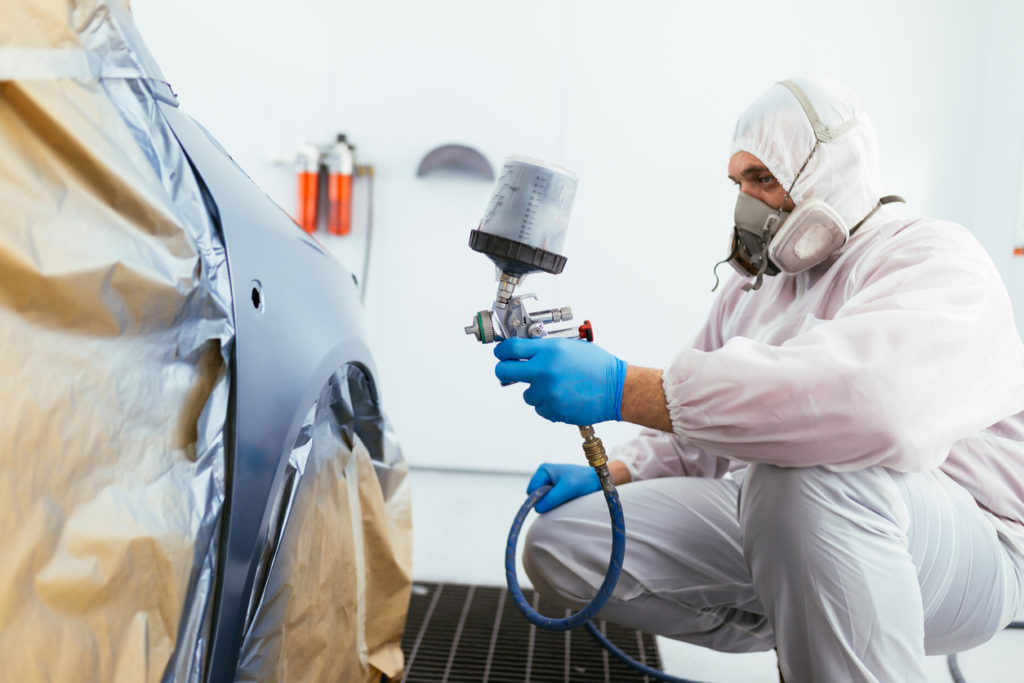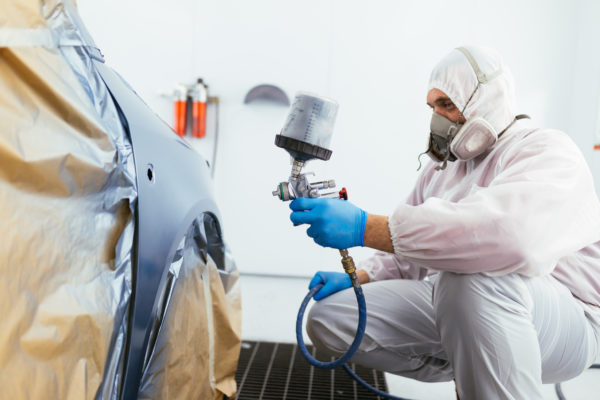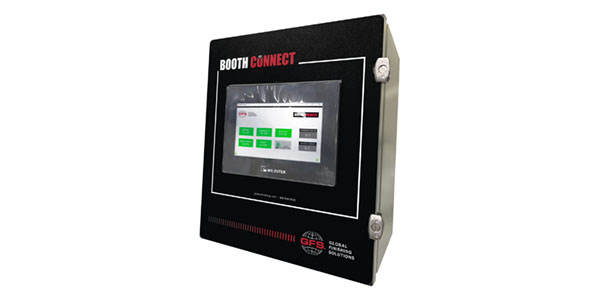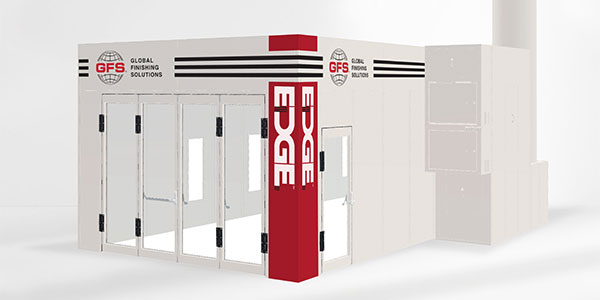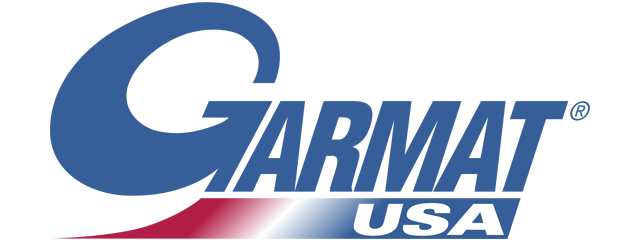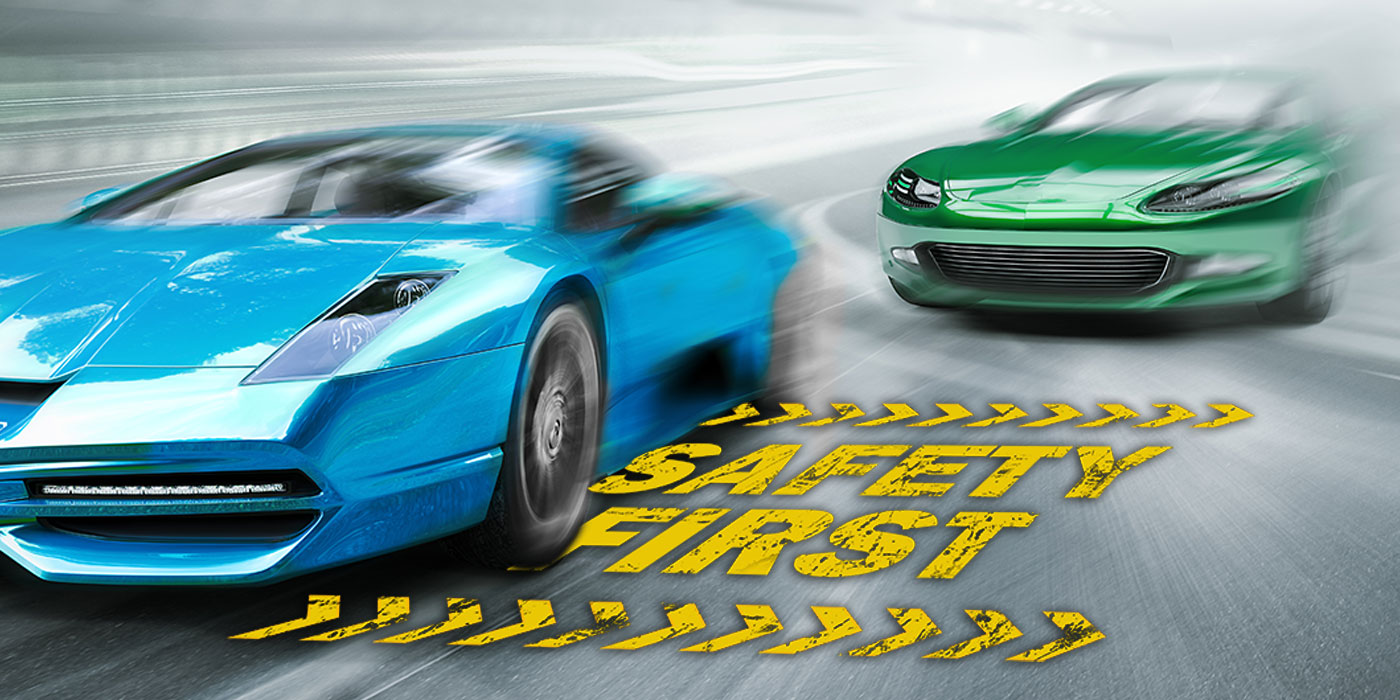Dad died in 2006 from respiratory failure. My brothers and I say the industry killed him, but it was really ignorance that did him in.
The easy example of what I mean by that is this: In 1950, when the old man was welding, he knew to protect his eyes. He didn’t really consider what was being inhaled as a result of the welding. I suspect most of the industry was ignorant. We’ve become more educated today in regards to hazards and personal protective equipment (PPE), and while some may think we’ve gone overboard in certain areas, no one needs to be ignorant about it today.
Another easy and universal example is hearing loss. Most of us old guys have at least some hearing loss as a result of…stupidity. Can’t claim ignorance on that one. Probably the most common and yet preventable injury in the shop is hearing loss. Of course, we don’t normally count it as an injury because it’s typically gradual and cumulative rather than acute and therefore there’s no date-of-injury.
What do we need, where do we need it and why? It could be company policy, such as requiring steel-toed boots. It could be insurance rate-driven, such as “safety glasses required”. NIOSH and OSHA also weigh in, as do the manufacturers themselves. Safety data sheets will give us information about the components, hazards and required PPE. That’s where you should start when crafting a company safety policy.
Let’s take a look at some common-sense PPE that’s paint-shop specific.
Dust
Never have I seen a shop that has total dust control – I’m doubtful it can even exist. However, there are some fantastic dust collection systems out there these days – mobile work stations with built-in vacuum systems. And these go a long way toward reducing the amount of dust in the air. Yet prudence dictates that we still need to utilize a dust mask at least at the point-of-use, and perhaps anywhere in the prep area, depending on air filtration/circulation. You may be familiar with the phrase, “God made dirt and dirt don’t hurt,” but we’re not talking about dirt and/or dust here. We’re typically talking about catalyzed paint/primer dust. We don’t normally have the hazard of lead dust anymore, but the removal of lead in paints did not eliminate all hazards. In fact, with coating advancements, we’re exposed to new hazards.
The “comfort” or “particle” mask is not considered adequate. A NIOSH-approved dust mask or respirator is the requirement. A call to the jobber or a quick internet search will provide several adequate options from multiple manufacturers.
Noise
As already stated, it’s my opinion that hearing damage is the number-one injury in the shop.
There are two considerations regarding hearing damage: noise level and duration. What is too much noise? Normal conversation is 60 decibels (dB), while a 12-gauge shotgun blast is 165dB. We can endure normal conversation levels without damage all day (depending on who’s doing the talking and the subject matter), and at night we give our ears a rest while sleeping and start back up in the morning. The 165dB blast has immediate and lasting damage – there is no safe, unprotected duration for that level.
It’s generally agreed that 85dB for eight hours is the limit. For every increase of 3dB, the duration is cut in half. So, at 94dB, the duration has been reduced to an hour before permanent hearing damage occurs.
Running a DA sander is in the neighborhood of 80dB, which would suggest an unprotected maximum of a little more than eight hours before hearing damage occurs. Spray booths with fans running for painting will vary by manufacturer and other variables as to how loud they are, but you can expect them to be in the same neighborhood of 80dB as well. Air blowers will depend on the type and how much air pressure is behind it. One hundred and twenty pounds through my blowers registers 90 to 100dB.
The body shop has always been louder than the paint shop. I recently recorded a level of 107dB from a hammer and dolly; that level will do permanent hearing damage in less than four minutes. While it is not uncommon to see hearing protection being used for specific operations, all-day-ear-plugs are the exception, and that’s too bad because we can’t “toughen up” our ears, so to speak. If you think you’ve developed the ability to withstand louder noises, it’s only because your hearing has degraded and you’re getting deafer.
Plugs of all sorts, earmuffs and even electronic devices with amplification/noise-canceling abilities are all solid choices. It’s not a bad idea to wear earplugs all day and then put muffs over them when performing extra noisy tasks such as blowing a car off or swinging a hammer.
There are numerous noise-meter apps available for smartphones if you want to measure your shop.
Fumes/Vapors
Whether wafting through the shop from uncontained spraying such as a “quick prime,” the gassing-off of fresh paint outside the booth or simply open containers while mixing colors, a negative pressure, organic-charcoal respirator at the minimum is in order, and only for non-isocyanate contaminates. We generally only deal with organic vapors in the paint shop, and the jobber and paint manufacturer will certainly have recommendations for suitable options. If for some reason you’re dealing with acid-gases or ammonia, then you’ll likely need something different. The negative pressure mask, be it full-face or half mask, is a tight-fitting respirator which requires a fit-test for compliance purposes. Facial hair generally needs to be absent to perform a proper fit test. One shop I worked in would have a bag of disposable razors and shave cream on “fit day” in order to achieve 100-percent success.
Many painters I know have desensitized olfactory senses; they can walk into a paint mix room and not smell a thing. This is the result of failing to consistently don a mask. This condition too has no date of injury yet is totally preventable.
Isocyanates
Once we introduce an iso-hardener to the system, the PPE requirement jumps from an organic-vapor, negative-pressure respirator to a positive pressure-supplied air respirator. Two components are necessary: the air supply and the respirator.
Regarding the respirator, there are no negative-pressure respirators approved by NIOSH for isocyanate contaminates; you must use a supplied air rig. Several options are available as well, but I prefer one that also has eye protection – either a tight-fitting, full-face mask or a hood or helmet. If you wear spectacles, you’ll find a hood or helmet more convenient. The second component is the air supply; this can either be a dedicated oil-less air compressor or a filtration unit that utilizes the shop air. With a filtration unit, you’ll need to monitor carbon monoxide levels in the air. Either way, you’ll typically need to drag around a second airline in the booth.
The hazard from isocyanate is greater than simple inhalation; you also need to protect your eyes and skin. I even vote for earplugs while spraying to keep it out of your ears if they’re exposed. It’s nasty stuff, and it’s cumulative. Your body will absorb what it can until you’ve been sensitized, at which point your painting career will likely be over.
What are the symptoms of iso-sensitivity? It can include skin issues such as rashes, respiratory issues including asthma and cyanosis (non-oxygenated blood) and neurological issues (the painter who’s always angry; maybe he’s overdue for fresh air?). The body cannot dispose of it; you can’t take a break from exposure and “heal.” Wherever you left off is where you pick back up, it doesn’t matter if it’s a day later or 10 years later.
Additionally, if your clothing becomes contaminated, do not wear it home and hug your wife and kids. Change your clothes (and shower if possible) at work and wear a paint suit and gloves.
Stay on the safe side of isocyanate exposure when mixing or spraying and use proper PPE including:
• Positive-pressure fresh air respirator. Isocyanate gas is colorless, odorless and tasteless; you cannot rely on an organic-vapor charcoal respirator for protection
• Long sleeves, long pants and paint suit with hood. Certain climatic conditions may encourage shorts, and while I’ve seen plenty in the southwest and Hawaii, it’s prudent to consider the toxicity we expose ourselves to on a daily basis and cover up as much skin as possible. A common argument for shorts is that a paint suit is utilized for the actual spray operation. But what about everything else outside the booth? The priming operation for example? Or even just the cured, catalyzed sanding dust floating through the air? It’s all a hazard we can protect against by covering up.
• Eye protection. We are not only concerned with an acute injury that might happen when mixing paint and splashing some into our eyes, but also to prevent the moisture-seeking isocyanate from finding our eyes.
• Gloves. I’m glad to see how commonplace the glove has become. Decades ago, it was common practice to wash your hands with thinner at the end of the day. I couldn’t do that as I had very dry skin and the thinner would further dry it out, so I was an early adopter of latex gloves. However, it wasn’t long before the latex aggravated a forgotten skin condition of mine: eczema. It took a while to figure it out, but eventually, we found that nitrile gloves were the answer. I still carry nitrile gloves with me so I can safely glove-up even if the shop I’m in only has latex gloves. I also favor a good-fitting work glove, such as the popular mechanic’s gloves, for prepping purposes. They ’ve proven themselves to help prevent those dreaded wintertime finger splits by protecting from the skin-stress that hand sanding in tight areas can create.
Footwear
We don’t typically see leather work boots, let alone steel-toed boots in the paint shop, but they should be considered. Tennis shoes are much more common, but a proper boot with a good insole can provide arch support and aid in posture as well as negate the effects of standing on concrete all day. A proper sole can also help limit slips and falls.
If excessive water sanding is going on, it may be prudent to wear a rubber boot (or at least a waterproof boot) to avoid the discomfort of a fungal infection.
Summary
What we generally see in the paint shop by way of injury is not immediate, although that certainly happens: something in the eye, a rolled ankle from stepping on something, tripping and falling, etc. The most common injury by and far is evidenced by a slow deterioration of health, decades in the making, brought on by a lack of faithful PPE use. You know, stupidity. Develop the PPE habit…if not for yourself, then for those who love you.

